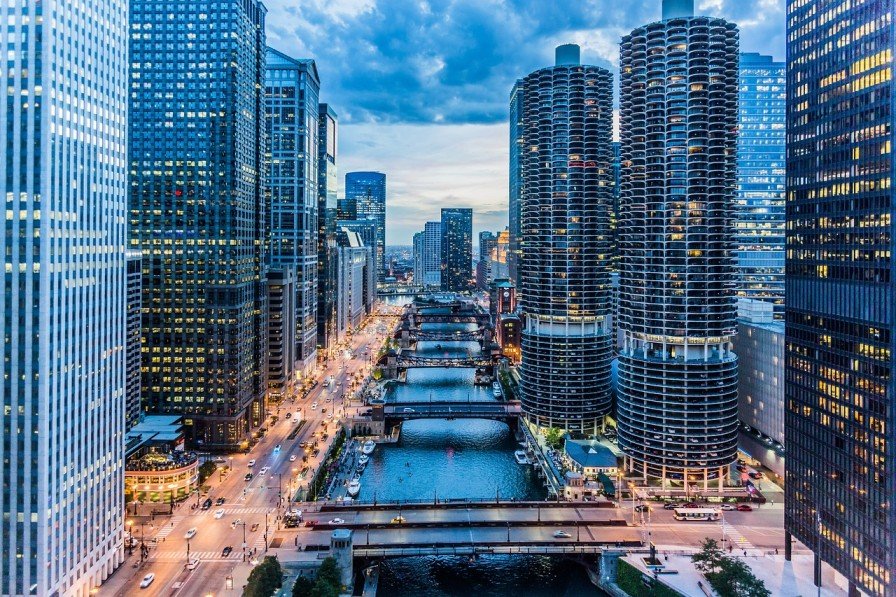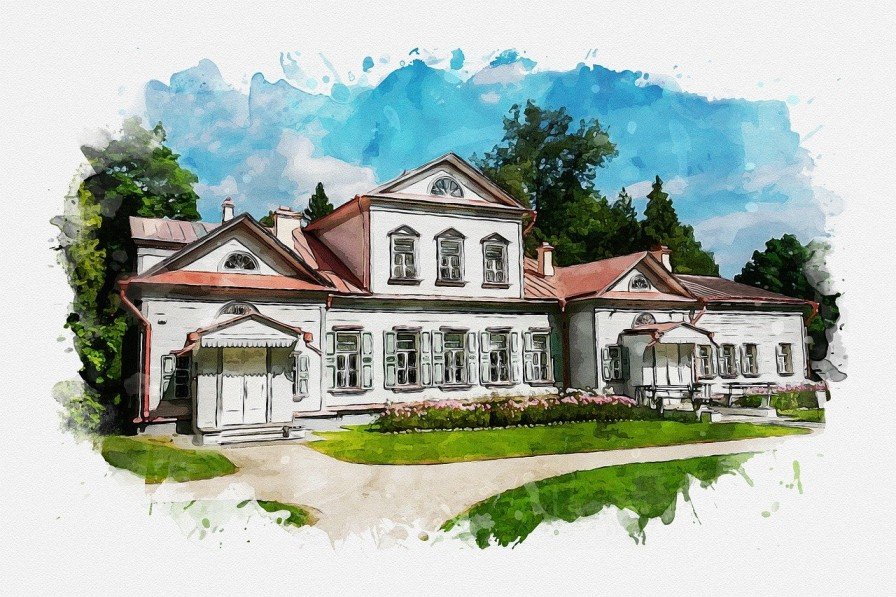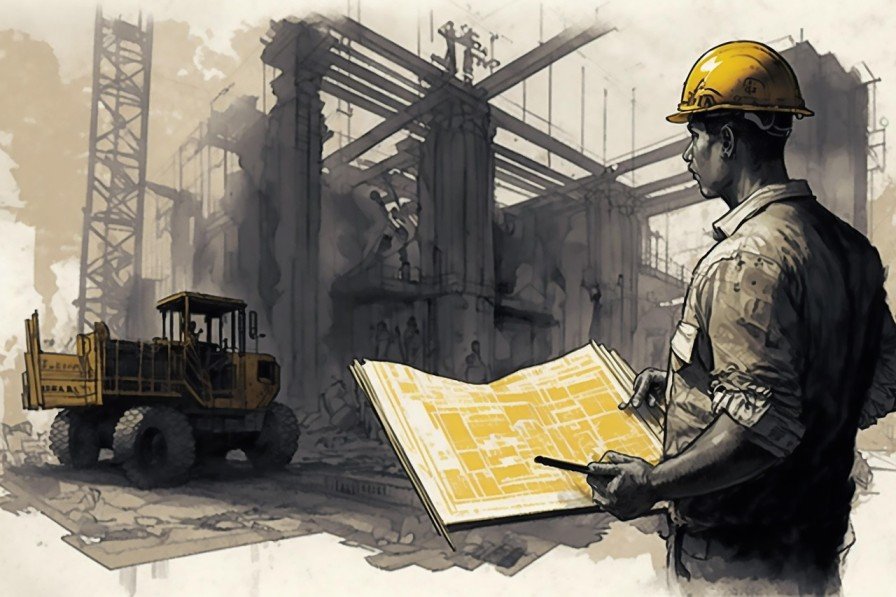It’s Clear How Buildings Contribute To Climate Change
The Building and construction sector contributes 34% of total carbon dioxide emissions, along with 32% of global energy consumption, which triggers climate change brutally, as it’s not sustainably friendly, and it’s clear how buildings contribute to climate change, but the story simply begins here.
Climate change is gaining popularity around the globe because of the observable effects we are dealing with that affect the planet in numerous ways and due to this, climate change and buildings are working together to reshape the Earth for the future.
Nowadays, it’s crucial to find the solutions of climate change and it should be mandatory to teach students about climate change and how climate change is transforming the Earth’s future.
New Buildings (both residential and commercial buildings) and other construction sites affect the nearby environment, and this triggers the weather and climate of the local region.
Table of Contents
How Buildings Contribute To Climate Change

News Verdict:
Buildings swallow a lot of fossil fuels, and that’s burning a lot of our resources recently, as these buildings burn a lot of heating oil, propane, and also natural gas in many areas (from office to high-rise buildings/towers).
Also, energy used by buildings accounts for 28% of the world’s global emissions that drive climate change.
There are several factors that indicate how buildings contribute to climate change, but this sector is not only booming, it is also accelerating the rate of climate change at a high rate.
Let’s check some of the ways of how buildings contribute to climate and how climate change and buildings are connected together.
A. Emission of GHG Gas Into The Atmosphere
Not only the amount of GHG gases in the atmosphere are increasing but rather the carbon footprint is also fluctuating due to construction and building sector.
The production and transportation of these materials, like steel, aluminum, and cement, bring a significant carbon footprint, and that’s embodied carbon due to buildings.
These GHG gases increase the annual global temperature, which eventually leads to climate change.
As per GHG gas emissions, the amount is increasing due to the process of production and transportation of building materials, extraction of raw materials, manufacturing affects the nearby ecosystem, all the flora and fauna of the region, therefore accelerating the impacts of climate change.
B. A lot of Noise & Air Pollution
When buildings are made, not only do they consume resources, but during the construction of buildings in a plot or an area, they create a significant amount of noise and construction work also leads to air pollution that can affect workers working on the project and even people living in the residential area nearby.
This mainly comes via dust generation, vehicular emissions, involving heavy machines often degrade the quality of the local environment along with the health, and this helps pollutants like PM, VOCs and GHG’s and many times this sector also observes leads to inefficient use of resources.
C. Inefficient Use Of Resources

Many times, a lot of resources are either not used or are exploited, and that affects the demand and supply in the sector.
Reasons like the fragmented nature of construction projects, many times, materials are discarded or are not recycled.
Since the construction industry is a major consumer of raw materials like wood, sand, gravel, and stone, any times due to poor planning, a lot of resources get wasted, there are inaccurate estimations, and on-site inefficiencies.
The resources that are wasted add a burden to the environment around us and result in resource depletion.
D. Local Environmental Degradation
A lot of construction begins by digging up the soil and using the resources based on the time of the project. This speed not only affects the labors health but it also affects local environmental degrdadation.
Example: In a plot, there are several plants, birds, animals living, and even microorganisms present in the soil that are impacted and might have to leave their place, and this leads to environmental degradation.
E. Biodiversity Loss
Now, when all these plants, animals, birds, and microorganisms, birds are displaced, this affects the biodiversity of the local area, as building up buildings also slowly triggers the weather of the region, groundwater of the region, and continuing this in the mass area often triggers climate change and its impacts affects our health
F. Soil Degradation
A volume of soil is degraded, especially the topsoil of the region, leading to soil erosion, and it’s alarming as the topsoil also helps in nourishing the local environment. Soil degradation during the construction of buildings is a serious growing issue. Nowadays, soil quality is already deteriorating and construction forces it to becomes even worse.
This is why soil conservation methods must become mandatory in every region of the planet to ensure quality soil, as soil provides us with everything, including food.
G. High Energy Consumption
High energy consumption of buildings, often for heating, cooling, or even lighting, a lot of energy is consumed from fossil fuels, which are limited in quantity, like coal, oil, and when burned, they release Carbon Dioxide.
As demand and population are growing, we need more buildings, but traditional buildings that consume fossil fuels often deteriorate the environment around us, we use energy intensive appliances like AC.
H. Labor Exploitation Along With Human Health
Construction work even though promotes employment even based on contracts but many times, there is a lot of labor exploitation.
Laborers are not paid on time, paid less, and are even forced to work extra hours that affects their physical, metal, emotional, psychological health and behavior.
Health is wealth, but is it necessary just for rich people? Everyone deserves a proper rest time and a time to spend with their family, right? Let me know what you think in the comments down below, and have you seen this labor exploitation before?
Solutions To Deal With Climate Change & Buildings

There are numerous solutions to deal with climate change and buildings, construction work and their impacts on the world, let’s discuss them down below:
A. Climate-Friendly Buildings, Infrastructure Materials
Climate-friendly or climate-resilient infrastructure powered by renewable energy is the future, which is why we will be able to save our resources and even deal with climate change, but this requires sustainable consumption and achieving climate change goals, like achieving net-zero and reducing our carbon footprints.
Using recycled materials, renewable energy sources like solar panels, optimizing the energy efficiency and safe water consumption can help the local environment and even the climate of the region, and eventually, the stress on the construction sector will reduce.
B. Maintaining Sustainable Practices
Maintaining sustainable practices can help us to safeguard our resources in the long run, and achieve our SGD goals, reducing our dependency on fossil fuels and even focusing on energy efficiency.
Conclusion On How Buildings Contribute To Climate Change

Buildings are our necessary due to the expansion of population and since the amount of land is quite limited, we are forced to make buildings and other necessary constructions can help us to get a proper shelter but climate change once starts showing it’s impacts brutally affects everything.
The rise in temperature, changing precipitation levels, soil degradation, deforestation, global warming, and extreme weather events all come together and are triggered whenever buildings or construction happens.
We must ensure a future where buildings are energy efficient and focus on balanced consumption of resources and efficient use of technology, and even using AI.
Have you seen any resource exploitation in your region, or any construction work or labor exploitation? Have you even felt the wrath of climate change? Comment down below!







